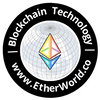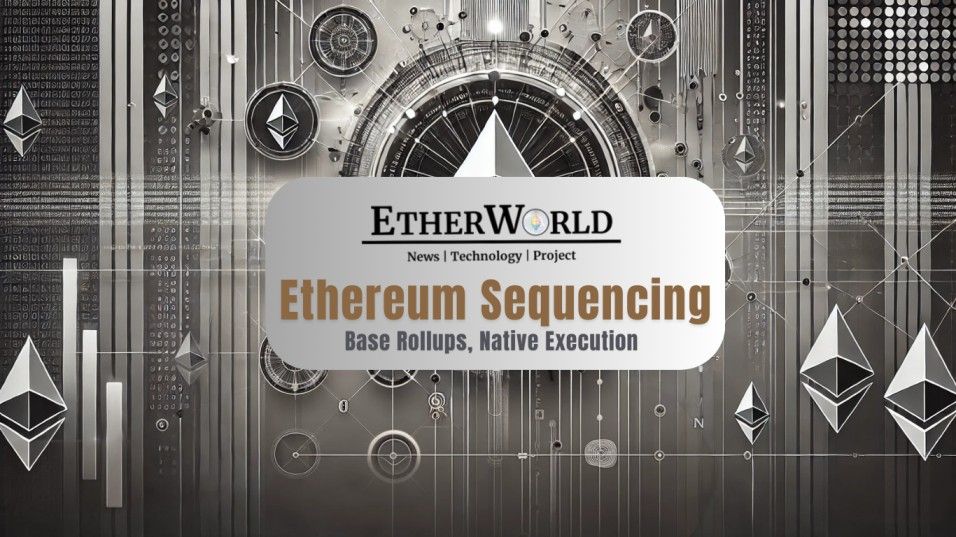Ethereum’s rollup-centric roadmap emphasizes decentralized sequencing to prevent censorship, ensure fair transaction ordering, and maintain Ethereum’s trustless nature. Future developments, such as shared sequencing layers and Ethereum-native rollups, aim to further improve scalability, efficiency, and decentralization across Layer 2 solutions.
What is Ethereum Sequencing?
Ethereum sequencing refers to the process of ordering, batching, and processing transactions in Layer 2 scaling solutions like rollups before they are finalized on Ethereum’s mainnet. The sequencer plays a critical role in optimizing transaction execution, reducing congestion, and improving efficiency within the Ethereum ecosystem.
How Ethereum Sequencing Works?
Transaction Collection
- Users submit transactions to a Layer 2 rollup (e.g., Optimistic Rollups or ZK-Rollups) instead of directly sending them to Ethereum’s mainnet (Layer 1).
- This helps reduce congestion and gas fees.
Ordering & Batching
- A sequencer collects and orders these transactions.
- The sequencer groups them into batches, optimizing for efficiency and processing speed.
Execution & State Updates
- The sequencer executes the transactions off-chain, applying the necessary computations.
- It then updates the rollup’s state, reflecting the new balances and contract changes.
Finalization on Ethereum
- Once processed, the sequencer submits the compressed transaction data to Ethereum for final verification and settlement.
- This ensures security, decentralization, and Ethereum-level trust while keeping Layer 2 transactions fast and low-cost.
The recent Sequencing Call conducted by Ethereum community marked a major milestone—bringing together over 120 participants, including 10+ rollup founders, core Ethereum researchers, and infrastructure builders. This call served as a deep dive into the future of Ethereum scaling, focusing on Base Sequencing, Native Rollups, and Infrastructure Coordination.
The session was focused into three key segments:
- Rollup Founders on Native Execution & Base Sequencing
- Infrastructure Builders & The Fabric Initiative
- Vitalik’s Vision for Public Goods Funding with Base Rollups
Justin Drake (Ethereum Foundation) kicked off the call by emphasizing the importance of Base Sequencing and Native Rollups as Ethereum scales. He mentioned that Ethereum's Layer 2 (L2) solutions can take advantage of Ethereum's modular design, utilizing different services to enhance scalability and efficiency. These key services include:
- Settlement – Ensuring finality and security by anchoring transactions on Ethereum.
- Data Availability – Storing transaction data efficiently for verification.
- Sequencing – Ordering and batching transactions to optimize processing.
- Execution – Running computations off-chain to reduce congestion on Ethereum Layer 1.
Types of Rollups
Rollups consume data made available by the Ethereum blockchain to process and verify transactions efficiently. Based on how they interact with Ethereum’s infrastructure, Ethereum rollups follow two primary models:
- Base Rollups → These rollups use Ethereum Validators as Sequencers, meaning they rely on Ethereum’s consensus layer to sequence transactions, enhancing decentralization and security.
- Native Rollups → These rollups use Ethereum’s Execution Layer for Fraud/ZK Proof Verification, directly integrating into Ethereum’s execution layer to improve efficiency and trustlessness.
For Ethereum L2s to successfully onboard the next billion users, they must address critical scaling challenges:
- Deeper Interoperability – Seamless communication and asset transfers between different L2s.
- Higher Decentralization – Reducing reliance on centralized sequencers and improving trustless mechanisms for validation and execution.
Key Benefits of Sequencing
• Lower Gas Fees – Transactions are processed off-chain, reducing costs compared to Layer 1 execution.
• Faster Transactions – Instant confirmations and optimized ordering improve user experience.
• MEV Resistance – Proper sequencing mechanisms can help mitigate Miner Extractable Value (MEV) attacks by preventing unfair transaction reordering.
• Decentralization & Security – While many rollups currently use centralized sequencers, Ethereum’s roadmap aims for decentralized sequencing to enhance security and trust.
Frequently Asked Questions
? Q: Can Base Rollups support ultra-high TPS?
Sam (Rise): Yes! With Base Validiums, there’s no DA bottleneck. The real work happens off-chain.
? Q: Are Base Rollups more expensive?
Justin: Costs will drop with blob sharing, better compression, & validator-side optimizations.
? Q: Will Ethereum support more L1 infrastructure for L2s?
Vitalik: Yes, Base & Native Rollups are just the beginning—Ethereum must offer more infra to L2s.
As Ethereum continues evolving, innovations in sequencing, rollup designs, and modular infrastructure will play a key role in making the network more scalable, decentralized, and efficient.








